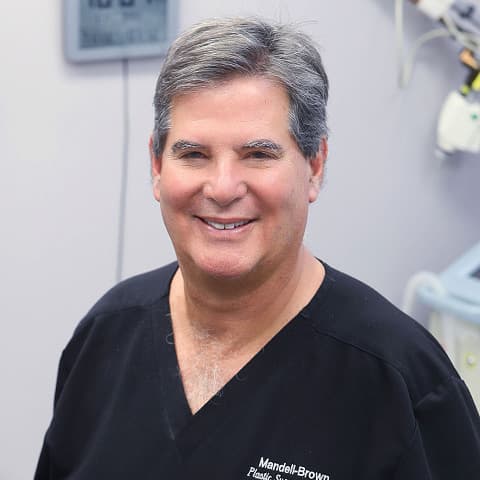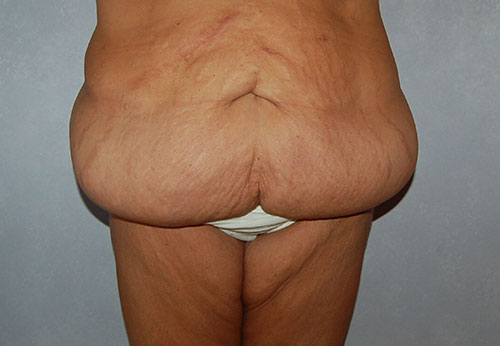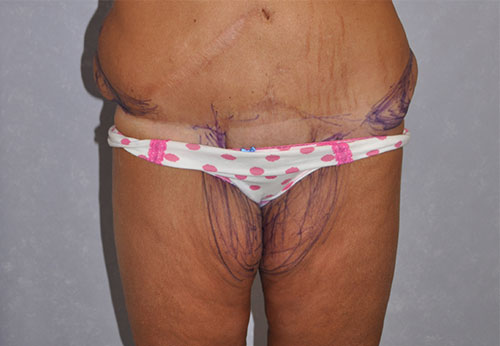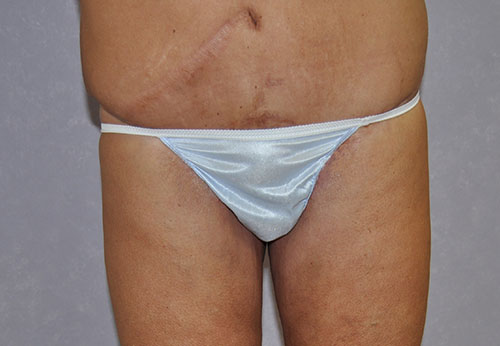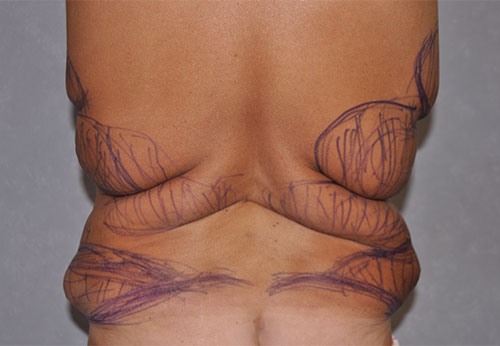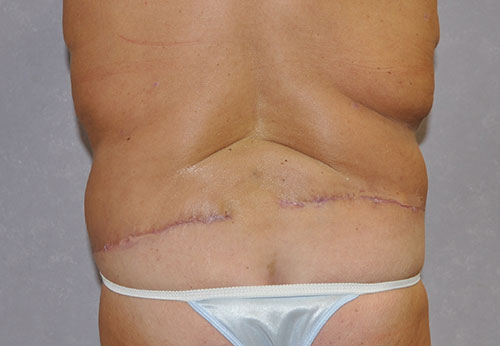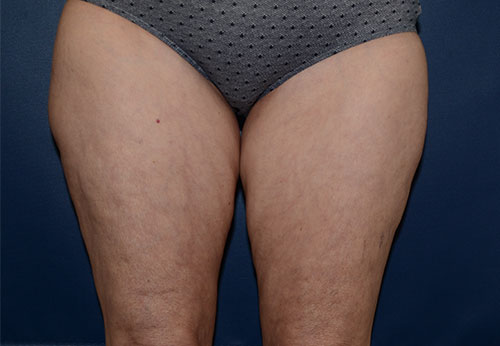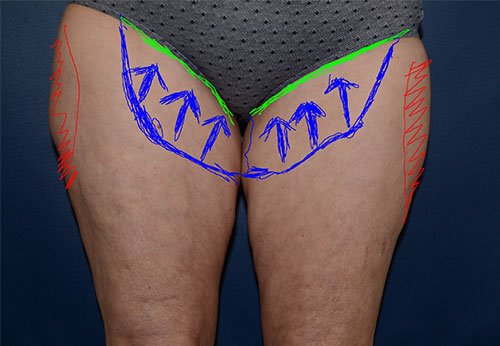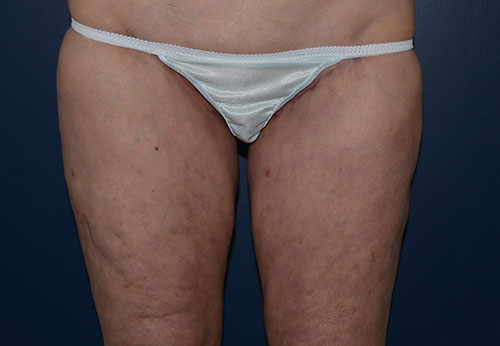Thighplasty (Thigh Lift)
Why do patient seek thigh lift surgery?
Thighplasty, or thigh lift, is performed for those patients with excess skin on their inner or outer thighs.
For some patients, nonsurgical RF energy will tighten the skin and melt unwanted fat. For others, liposuction alone will treat the unwanted thigh fat. However, when there is significant excess skin, dimpling, or stretch marks, remove of the skin through a thigh lift can dramatically improve this area.
Typically, the inner thigh lift is more popular. The incision is hidden in the groin area. The outer thigh or inner thigh lift can be combined with the tummy tuck procedure or liposuction of the thighs. The liposuction improves unwanted fat and the the thigh lift tightens the excess skin. Dr. Mandell-Brown will help you decide which procedure is best for you during your consultation.
Some plastic surgeons recommend a vertical incision down the inner aspect of the thigh to further tighten the skin. Dr Mandell-Brown however, prefers to keep the incision in the groin/buttock area. “Having a scar down your leg often to your knee will be unsightly and often can make the patient self-conscious, stated Dr. Mandell-Brown. “I inform our patients that even if we remove less skin, they can wear shorts and have an improved appearance without worrying about hiding the vertical scar that some doctors make.”
Dr. Mark Mandell-Brown
Dr. Mandell Brown is a nationally recognized, triple board-certified cosmetic surgeon with over 30 years of experience performing facial, breast, and body procedures. Known for his Natural Look™ cosmetic surgery results, Dr. Mandell-Brown has the credentials and aesthetic eye to precisely tailor your procedure and safely achieve the results you desire.



Post Operative Care
The patient may or may not have drains after the procedure. If drains are placed, they are typically removed on the third to fifth post operative day. Patients wear compression hose to decrease risks of leg blood clots. The compression socks are worn for the first week following surgery. The hose also help decrease leg swelling. In bed, the patient is positioned with a pillow under the knees to bend the lower legs. Walking after surgery is encouraged to help with leg circulation and decrease risks of clots. The incisions are cleaned with peroxide and antibiotic ointment after the incision tapes are removed. Most patients return to work in 7 to 10 days.
Complications
All procedures have risks of complications. Dr Mandell-Brown feels his patients should be well informed and will review these during the consultation. Most patients doing superbly well. However, all procedures even in the best hands can have the following:
Bleeding, Infection, Numbness, Nerve Injury, Skin Incision Separation or Delayed Wound Healing, Revision Surgery, Blood Clot, Pulmonary Embolism
Thigh Lift Case Study 1
Thigh Lift Case Study 2
Related ProceduresAreas Served
Medically reviewed by Dr. Mark Mandell-Brown — Updated on Sep 9, 2024

